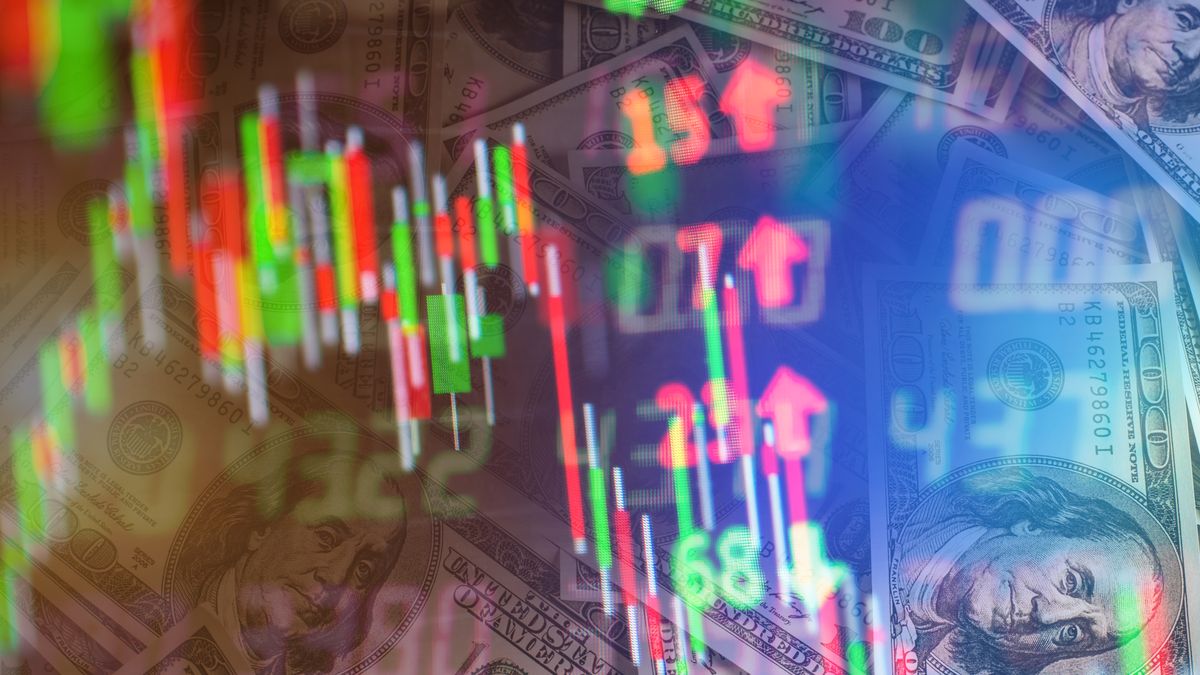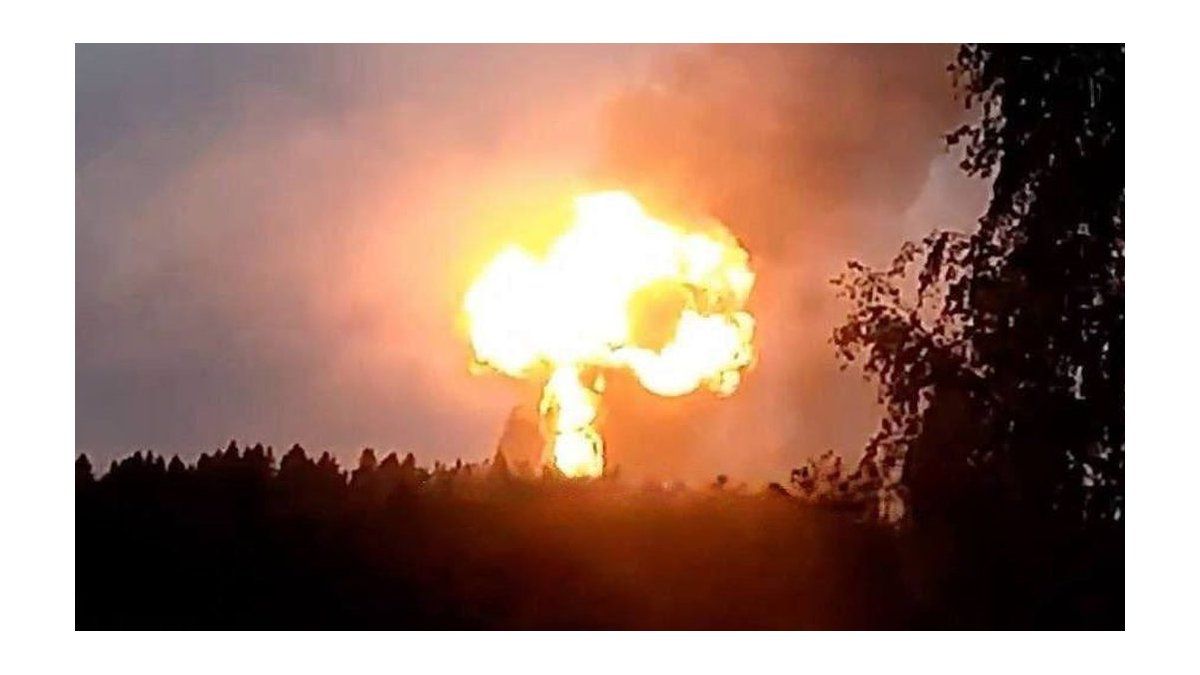“Dollar bonds had another bad day and closed with average losses of 1 dollar, not finding demand at any time of the day,” they described from SBS.
In effect, the risk country measured by JPMorgan rose 3.9% (101 units) to 2,691 basis points, highs since last July 26 when it reached 2,831 points.
The Global 2030 accumulated a deterioration of more than 14% in only 10 business days, despite the fact that the BCRA managed to improve its stock of net reserves, based on the soybean dollar. “The parities of many of the public bonds returned to 20%, which had been acting as a lower range to start building bets,” commented an operator.
The weighted average price of global bonds pierced US$22, falling to $21.23, the lowest level since July 26, indicated PPI. Consequently, the weighted average rate remained high and thus exceeded 31%, reaching 31.73%.
“As rate and currency concerns remain in the background…domestic assets responded with renewed weakness as traders await the next FX move,” said Gustavo Ber, economist at Estudio Ber.
As Ámbito advanced, The Central Bank (BCRA) is expected to implement new measures in the foreign exchange market since this Friday the application of a special exchange rate for soybean exporters ends.
Starting next week there will be a new exchange scheme for the knowledge economy (techno dollar), which will allow free availability of dollars. For tourism, the dollar (Qatar dollar) will become more expensive, given the proximity of the World Cup.
On the other hand, the Secretary of Mining, Fernanda Ávila, said on Tuesday that the national government is evaluating the implementation of a “mining dollar” to guarantee the investments of the entire sector in the country.
Meanwhile, thanks to the soybean dollar, exclusive modality only for Septemberthe monetary entity managed to strengthen its scarce international reserves. This scheme contributed this Tuesday US$412.4 million, and the BCRA finished the round with purchases for US$324 million. The entity accumulates a firm increase in its reserves for almost $4 billion this monthagainst soybean liquidations for about $6.2 billion, according to operators, above significant comparative balances such as 2,446 million dollars in April 2014 and 2,202 million in November 2019.
For its part, sovereign dollar-linked bonds were very offered and fell 0.6% in the short section and 3% in the long section (TV24).
It didn’t go well either. debt with CER adjustmentthat it closed almost stable in the short section and with falls of 0.5% in the medium and long section of the curve.
Meanwhile, 2023 dual bonds fell 0.9% on average, with higher volume in the long tranche.
Economy will seek to raise $111.9 billion this Wednesday through the tender of a Lelite at 21 days, a Lede at February 2023, two Leceres at May and September 2023, a new Dual at February 2024 and the TY27P Boat with maturity. 2027.
S&P Merval and ADRs
In that context, the BYMA’s S&P Merval lost 1.9% to 135,472.73 points, after trailing a 7.6% drop between Friday and Monday.
The falls of Grupo Financiero Galicia (-5.6%) and Comercial del Plata (-4.8%) stood out.
Meanwhile, the Argentine papers on Wall Street closed with most rises, led by Vision (+3%); Bioceres (+2.5%); and IRSA (+1.9%). To the contrary, they yielded Galicia (-4.6%); Banco Macro (-2.6%) and YPF (-0.6%).
On the New York Stock Exchange, and after a promising opening in which the S&P 500 rose 1.7% in the first hour of the session, the market “ran out of gasoline and finally the most representative indicator of the North American economy fell 0.2%, marking the sixth consecutive fall and a new annual minimum,” they maintained from SBS.
This Tuesday the S&P Corelogic Case-Shiller index was published, which measures property prices in the 20 largest cities in the United States: it released its first monthly drop since 2012.
US Treasury bond yields accompanied the pessimism. The 10-year rate ended at 3.94% (its highest level since 2010), while the two-year rate set its own record since 2015, standing at 4.3%.
The dollar index finally stopped its rally and stood at 114.10. For its part, the British pound recovered about 1%, reaching a value of 1.0733 dollars.
Source: Ambito
David William is a talented author who has made a name for himself in the world of writing. He is a professional author who writes on a wide range of topics, from general interest to opinion news. David is currently working as a writer at 24 hours worlds where he brings his unique perspective and in-depth research to his articles, making them both informative and engaging.




